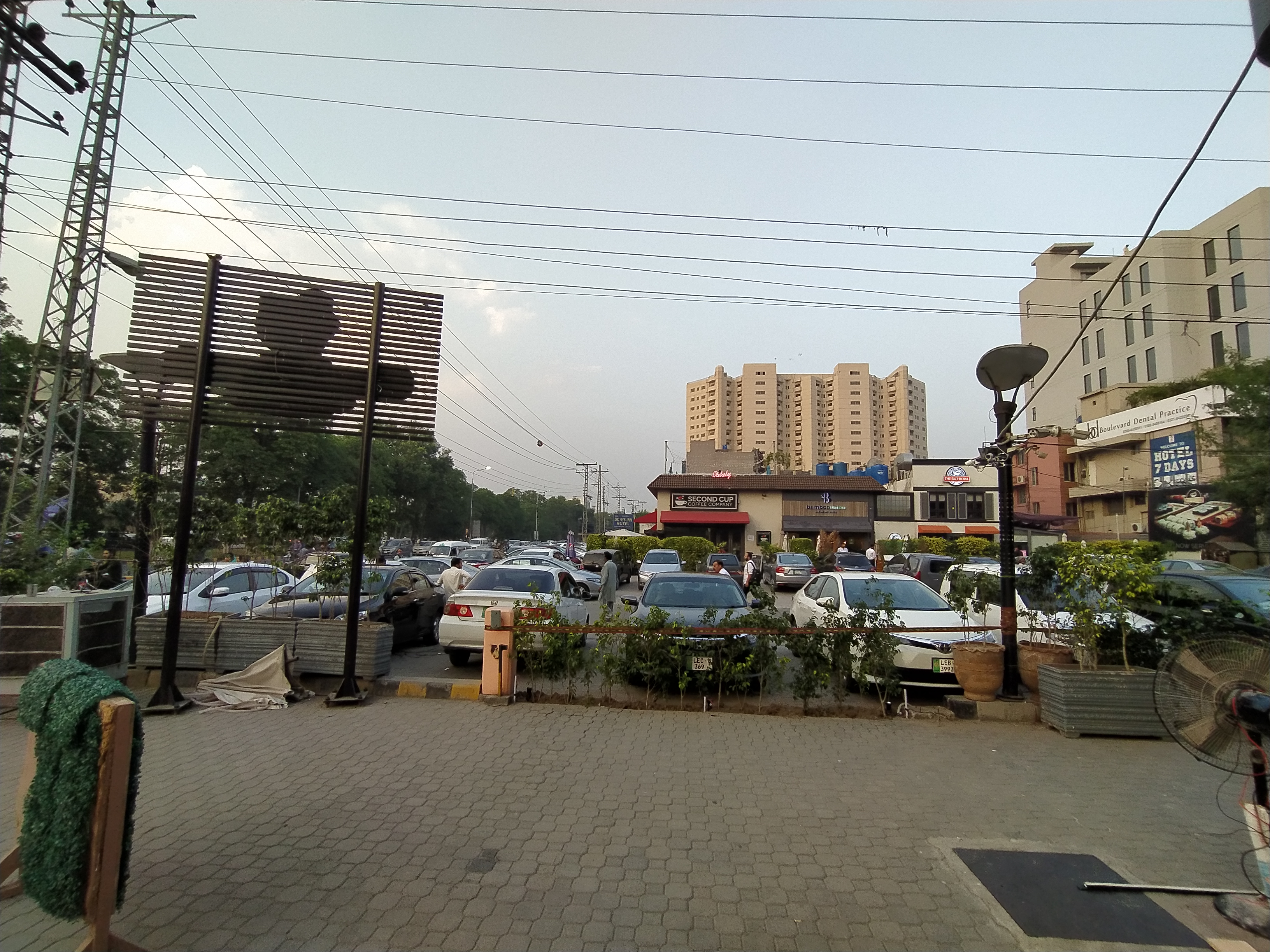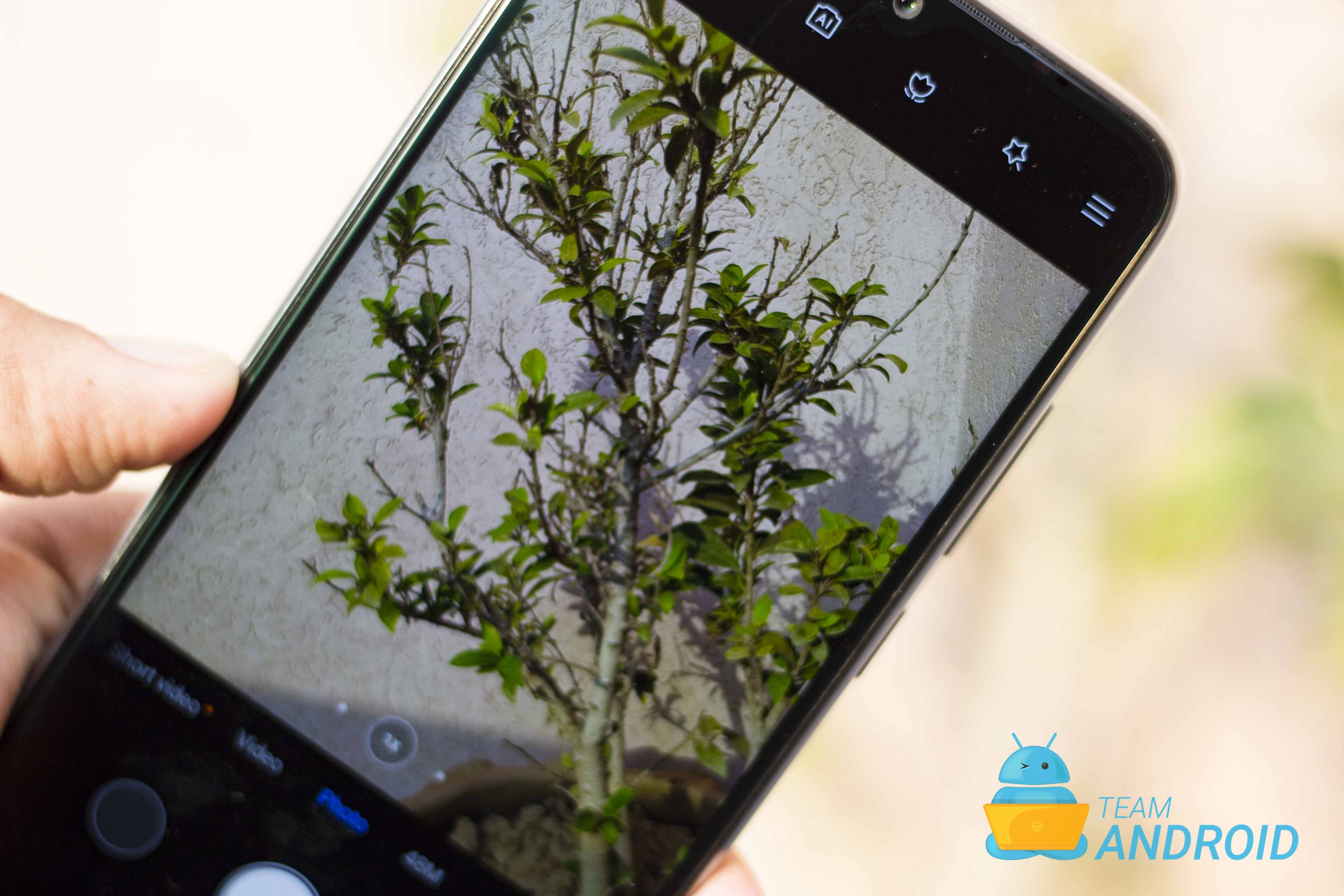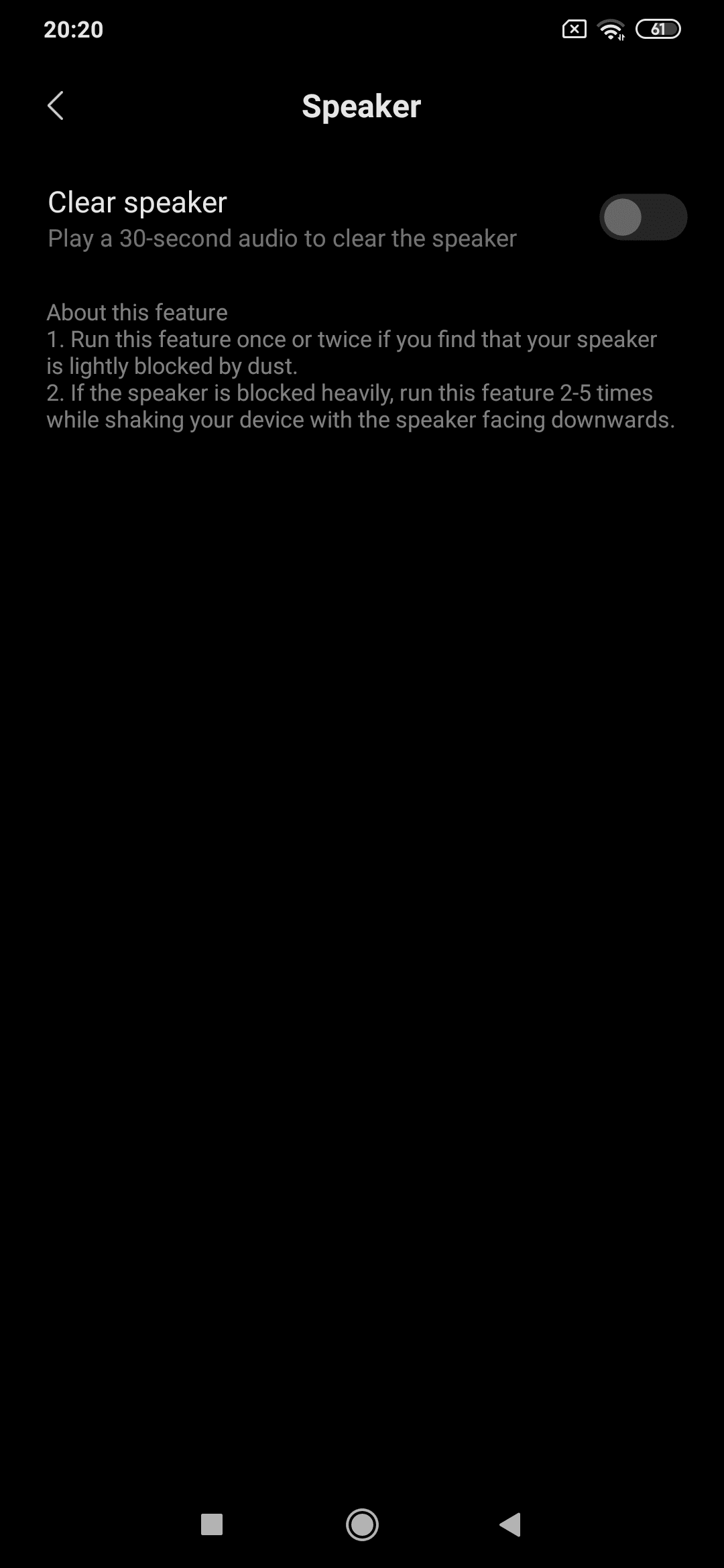Redmi lineup from Xiaomi has recently been extended to include the new Redmi Note 8 series. After thoroughly testing and utilizing the Redmi Note 8 that sits beneath Note 8 Pro, in terms of pricing as well as specs, here are our detailed thoughts. Redmi being a name synonymous with value, new Note 8 offers great hardware at a great price. It is important to mention that the Note name might be misleading at first as there is no stylus within the phone rather, it actually represents a larger-than-average display.
Starting with hardware, Redmi Note 8 equips itself with a Snapdragon 665 processor, 4GB RAM and 128GB storage. Uniquely, it comes with a glass design and 4 / Quad rear cameras. The quad camera aspect is what brings attention to the phone especially at this price but does the Redmi Note 8 succeed in other fundamental departments? Let’s discuss!

Before we share our thoughts, let’s take a look at all the Redmi Note 8 tech specs.
- Network: (GSM / FDD / TDD / WCDMA)
- Display: 6.3’’ Display (2340 x 1080 PPI)
- Processor: Snapdragon 665
- OS: Android 9.0, MIUI 10.0
- Camera Rear: 48MP ultra-high resolution primary camera, 8MP ultra wide-angle camera, 2MP macro camera, 2MP macro camera
- Camera Front: 32 MP, f/2.0 aperture
- Connectivity: USB Type-C, Bluetooth and 3.5mm Headphone Jack
- Memory: 4GB RAM + 128GB Storage
- Dimension: 158.3 x 75.3 x 8.35 mm
- Battery: 4,000mAh
Redmi Note 8 Review: Exterior and Design

For the budget range, we often see brands give up premium external materials for better internal hardware but that isn’t necessarily true for Redmi Note 8. The phone comes wrapped in glass and if that wasn’t enough, it is Gorilla Glass 5. The back glass is available in various colors finishes, Space Black, Peacock Blue and Moonlight White. Our unit arrived in the Moonlight White finish which we absolutely love! It is subtle but has a great depth. Also, uniquely on the back, there is a large, elongated camera bump that houses not 2, 3 but 4 rear cameras. The bump itself portrudes quite heavily, however. For the fingerprint sensor, it is placed right at the center and has a very minimal boundary around it.

As for the front, it is pretty standard. Redmi Note 8 carries a tear-drop notch that is less obtrusive and fades away when you use the phone. In addition to front earpiece and front camera, Redmi Note 8 also has a notification LED light under the speaker grill. Also worth mentioning, there is a Redmi silver logo on the front chin, adding a unique finish.
For the surround border, Xiaomi went with a gloss plastic that has a curve that is directed outwards hence allowing for a good grip. However, this added grip doesn’t completely overcome the slippery gloss finish. On the left side, there are all the buttons. Beneath the long volume rocker is the power button. You get used to this layout quite easily and is ergonomic as well. Since you can power on the phone directly by the fingerprint, you won’t be using the power button much. On the bottom, there is a USB type-C port, main speaker and headphone jack. The speaker itself is quite above average. Xiaomi has worked to include a deep bass and crisp loudness which is immediately noticable.
Redmi Note 8 Review: Internal Hardware and Performance

Phone designs are getting pretty standard and except for unique color options there isn’t much variation. This is also why many new buyers base their decision with a stronger importance given to the internals.
– Display
Redmi Note 8 has been equipped with a 6.4 inch display that has minimal bezels. The chin is also quite reduced for a complete immersive experience.
In terms of resolution and technology, the panel is FHD+ and IPS LCD. The color reproduction is great for what it is and viewing angles as well. However, brightness is on the dimmer side for outdoor usage.
– Processor, Storage and RAM
To provide excellent performance and modern, entry-level gaming capabilities, Xiaomi has equipped Redmi Note 8 with Snapdragon’s octa-core 665 processor. In our usage, the processor is a complete solution. It churns through normal navigation without a hiccup and can run demanding games such as Call of Duty Mobile.

Xiaomi has outfitted Redmi Note 8 with a base 128GB storage configuration that is then coupled with 4GB RAM. Further, if you feel the need of expanding, Note 8 supports MicroSD card expansion that too with a dedicated slot.
Check out some of the benchmark results of Redmi Note 8:
– Battery
A great trend that has prevailed recently is large-sized batteries, especially in budget and mid-range phones. Rather than going for a thin chassis, brands are finally focusing on putting a bigger battery within the phone. For Redmi Note 8, it comes with a 4,000 mAh module.
Large physical capacity combined with Qualcomm’s efficient chip along with Xiaomi’s optimized MIUI, we had our device run for almost 2 complete days! That’s with multiple tests and continuously being connected to the WiFi (background sync and other settings turned on as normal)! Easily we can recommend Redmi Note 8 for endurance. Further, there is fast charging support along with a fast charger power brick included within the box as well.
Redmi Note 8 Review: Camera

Xiaomi has outfitted 4 different camera modules on Redmi Note 8. While it may seem as a “gimmick” but we found the versatility to be quite useful! Starting with the main lens and perhaps the one you will be using the most, 48MP module with f/1.8 aperture, it churns out some great photographs! The detail is definitely and sharpness is definitely much higher than other competing, lower-MP cameras out there. Further, the software processes each photo quite well to give out a great image. While on auto mode, the phone limits the 48MP sensor to half its usable pixels — to save space, users need to manually turn on the 48MP mode.
For the rest 3 lens, there is an ultra-wide 8MP f/2.2 lens and two 2MP f/2.4 sensors. One of the 2MP modules is for depth sensing whilst other is there for close-up macros. With this overall Quad setup, you get amazing sharpness from 48MP module along with the ability to shoot ultra-wide shots and then topping it off with great portraits and amazing close-up macros.
Check out our sample shots that we took with Redmi Note 8:
For the front, there is a sharp 13MP f/2.0 sensor. Selfies come out great with adequate sharpness. Plus, the camera app supports various post-processing features such as Beauty filters and even Portrait mode.
Redmi Note 8 Review: Software

Xiaomi ships MIUI 10 Android Pie on Redmi Note 8 — MIUI 11 based on Android 10 to arrive later this year. The software skin is focused towards vibrant colors and curved shapes. One thing that sets MIUI apart from other skins are its customization options. Be it full-scale system themes to button layouts to navigation gestures, Xiaomi has made sure MIUI conforms extremely well to each user’s needs. Bonus functions including system-wide Dark Mode make the experience even more fun.
For the performance aspect, MIUI 10 is quite optimized. General system animations have been toned down on Redmi Note 8 making overall navigation quite snappy. Further, this performance is delivered without taking a large toll on battery life which is key for customers in this price range.
Seeing how MIUI evolved from a enthusiast custom ROM, it is truly an important aspect of any Xiaomi device! Seeing how the phone is confirmed for MIUI 11, this experience will only be further enhanced in the future!























































This device is really worth if you consider the price point it is selling at. You have done a great review. Thanks!